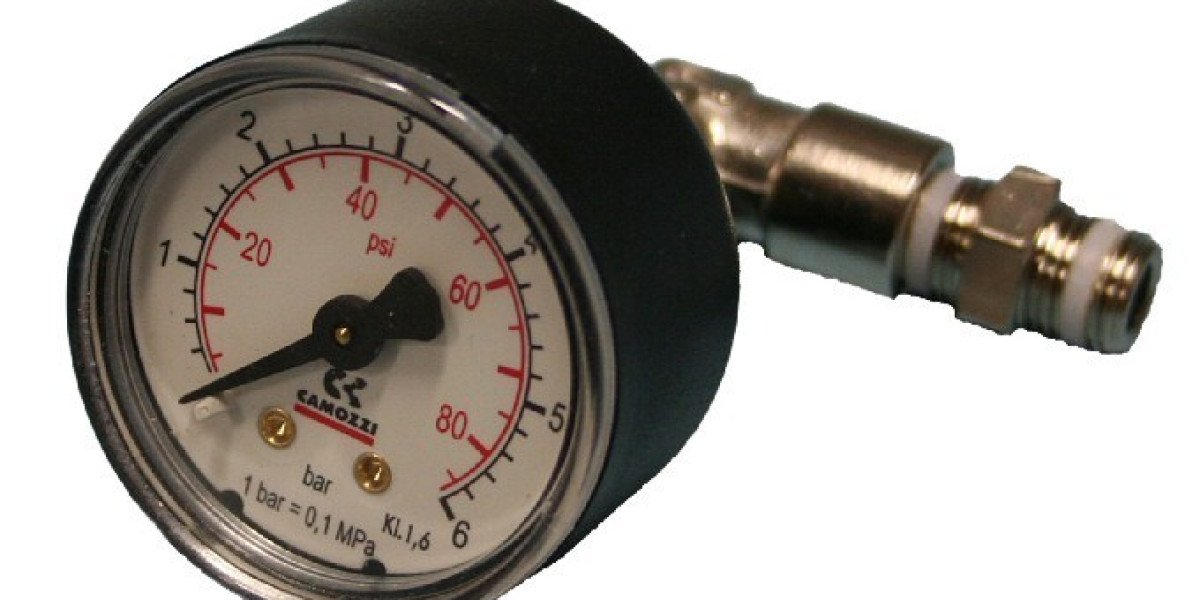Introduction
In the realm of industrial instrumentation, pressure gauges play a pivotal role in monitoring and controlling pressure levels within various systems. However, in certain scenarios, pressure fluctuations or pulsations can pose challenges to the accuracy and longevity of pressure gauges. This is where pressure gauge snubbers come into play. In this comprehensive guide, we’ll delve into the intricate workings of pressure gauge snubbers, shedding light on their purpose, functionality, and significance in maintaining optimal performance in pressure measurement systems.
What is a Pressure Gauge Snubber?
A Pressure Gauge Syphon, also known as a pulsation dampener or a snubber valve, is a specialized device designed to mitigate the impact of rapid pressure fluctuations or pulsations on pressure gauges. These fluctuations, often caused by the rapid opening and closing of valves or the operation of reciprocating pumps or compressors, can result in erratic readings and premature wear of pressure gauge components.
How Does a Pressure Gauge Snubber Work?
Mechanism of Operation
A pressure snubber operates on a simple yet effective principle. It contains an internal orifice or restrictor that regulates the flow of fluid or gas entering the pressure gauge. When pressure fluctuations occur, the snubber restricts the flow, dampening the rapid changes and providing a more stable and consistent pressure reading on the gauge.
Types of Pressure Gauge Snubbers
There are several types of pressure gauge snubbers available, each catering to specific applications and operating conditions:
Fixed Orifice Snubbers: These snubbers feature a fixed-size orifice that provides a constant level of restriction to the flow of fluid or gas, regardless of the pressure fluctuations.
Adjustable Orifice Snubbers: Unlike fixed orifice snubbers, adjustable orifice snubbers allow for the manual adjustment of the orifice size, providing greater flexibility in controlling the damping effect based on the magnitude of pressure fluctuations.
Piston Snubbers: Piston snubbers utilize a piston or diaphragm mechanism to modulate the flow of fluid or gas, offering precise control over damping characteristics and response time.
Sintered Snubbers: Sintered snubbers employ a porous metal element to regulate fluid or gas flow, effectively dampening pressure fluctuations while allowing for high flow rates and minimal pressure drop.

Installation and Maintenance
Installing a pressure gauge snubber is a straightforward process that involves connecting the snubber between the pressure source and the pressure gauge. It’s essential to ensure proper alignment and sealing to prevent leakage and maintain optimal performance.
Regular maintenance of pressure gauge snubbers is relatively minimal and may involve periodic inspection for signs of wear or clogging. Depending on the operating environment and frequency of use, cleaning or replacing the snubber may be necessary to ensure continued effectiveness.
Conclusion
In summary, Sanitary gauges is crucial in optimizing pressure measurement systems’ performance and longevity. By mitigating the effects of rapid pressure fluctuations, these devices enhance accuracy, reliability, and system integrity. Understanding the functionality and benefits of pressure gauge snubbers is essential for ensuring the optimal operation of industrial processes and maintaining safe and efficient working environments.
Read Also…Durable Sanitary pressure gauge









